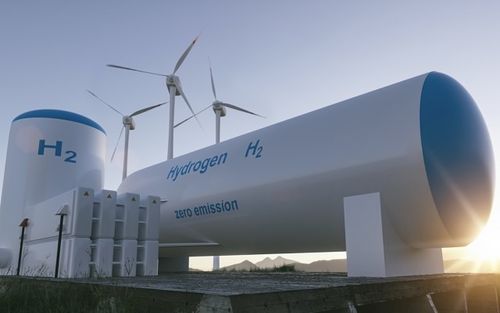Fortescue Future Industries and Tree Energy Solutions have agreed to develop the world’s largest green hydrogen integrated project in Europe.
The first phase of this partnership is to jointly develop and invest in the supply of 300,000 tonnes of green hydrogen with final locations being currently agreed. The target for a Final Investment Decision (FID) is in 2023.
FFI and TES have agreed terms for FFI to make an equity investment of EUR 30m to become a strategic shareholder in TES and to invest EUR 100m for a significant stake in the construction of the TES import terminal in Wilhelmshaven, Germany.
First deliveries of green hydrogen into the TES terminal in Wilhelmshaven are expected to take place in 2026.
FFI joins a group of international strategic investors in TES, including E.ON, HSBC, UniCredit, and Zodiac Maritime.
The two companies plan to develop industrial scale green hydrogen production globally with an initial focus on Australia, Europe, Middle East and Africa. They also plan to develop large-scale renewable energy generation, using TES’s business model and access to the European green hydrogen market.
The German Federal Ministry of Economics and Climate Protection recently selected TES to jointly develop and implement Germany’s fifth Floating Storage Regasification Unit in Wilhelmshaven. In parallel, the TES terminal will serve as the primary entry point for energy in Europe. TES will import hydrogen in the form of renewable natural gas.







